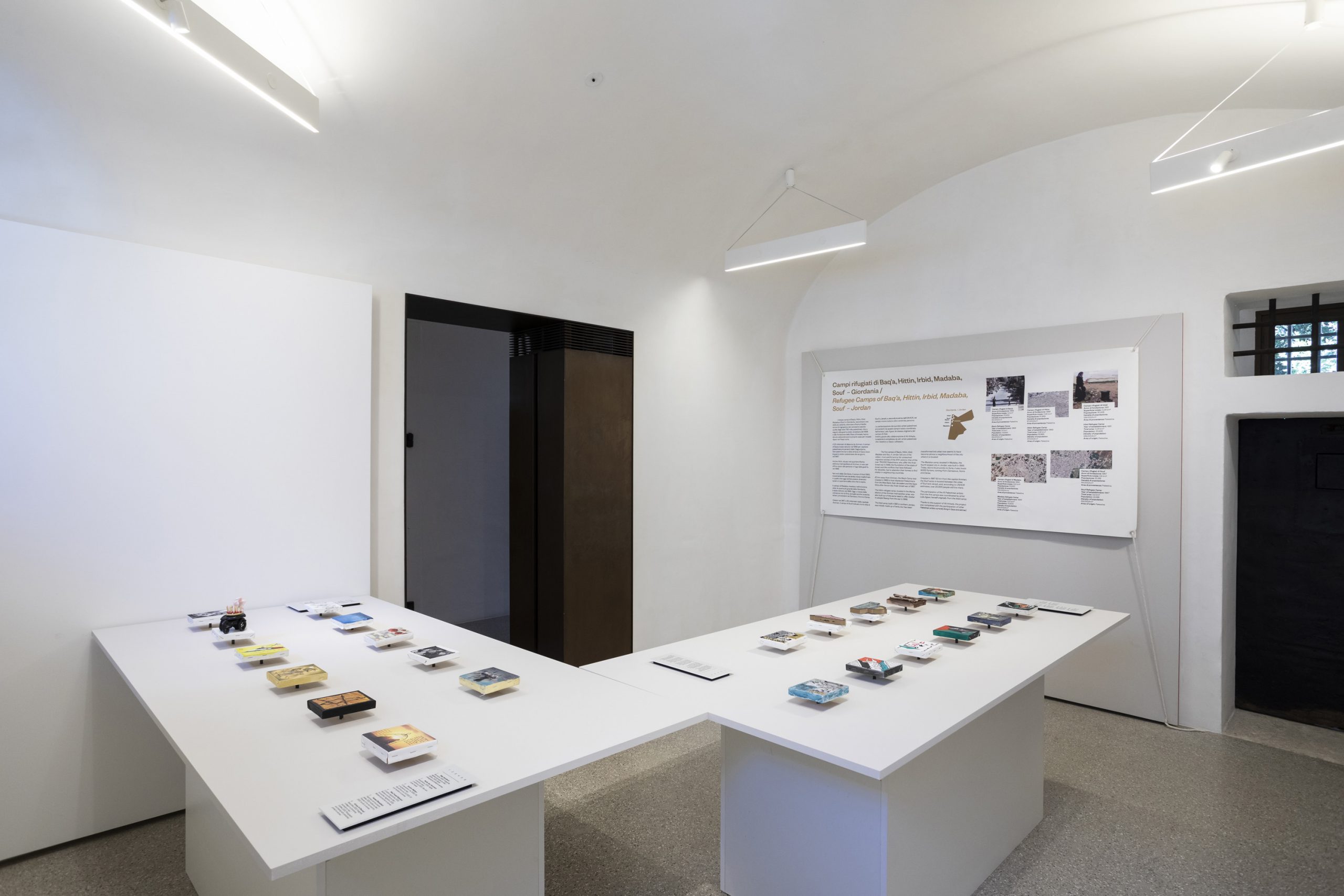
Baq'a,Hittin, Irbid, Madaba,Souf refugee camps - Jordan
The five camps of Baq’a, Hittin, Irbid, Madaba and Sou, in Jordan tell one of the oldest, most painful and so far unresolved migration stories of the 20th century: that of the over 750,000 Palestinians, who, after the Arab – Israeli war in 1948, the foundation of the state of Israel, and the conflicts that have followed for decades, had to abandon their homes to find shelter in neighbouring countries.
20 km away from Amman, the Baq’a Camp was created in 1968 to host displaced Palestinians from the West Bank, East Jerusalem and the Gaza Strip after the six-day Arab- Israeli war of 1967.
The Hittin refugee camp, located in the Marka district of the Amman metropolitan area, was also built out of the same need to offer shelter to people fleeing from the war in 1968.
The Irbid camp, built in 1951 in northern Jordan, was initially made up of tents, but has been transformed into what now seems to have become almost a neighbourhood of the city where it is located.
The Madaba camp, located in Madaba, the fourth largest city in Jordan, was built in 1956. Today, due to its proximity to Syria, it also hosts 9,000 Syrians, coming from Damascus, Homs and Daraa.
Created in 1967 50 km from the capital Amman, the Souf camp is located between the cities of Souf and Jerash, and, according to UNHCR estimates, over 20,000 people still live there.
The participation of the 15 Palestinian artists from the five camps was coordinated by artist Laila Ajjawi, herself originally from the Irbid camp. Thanks to the support of Ali Arkady, the project was completed with the participation of other Palestinian artists currently living in Gaza and abroad.



























